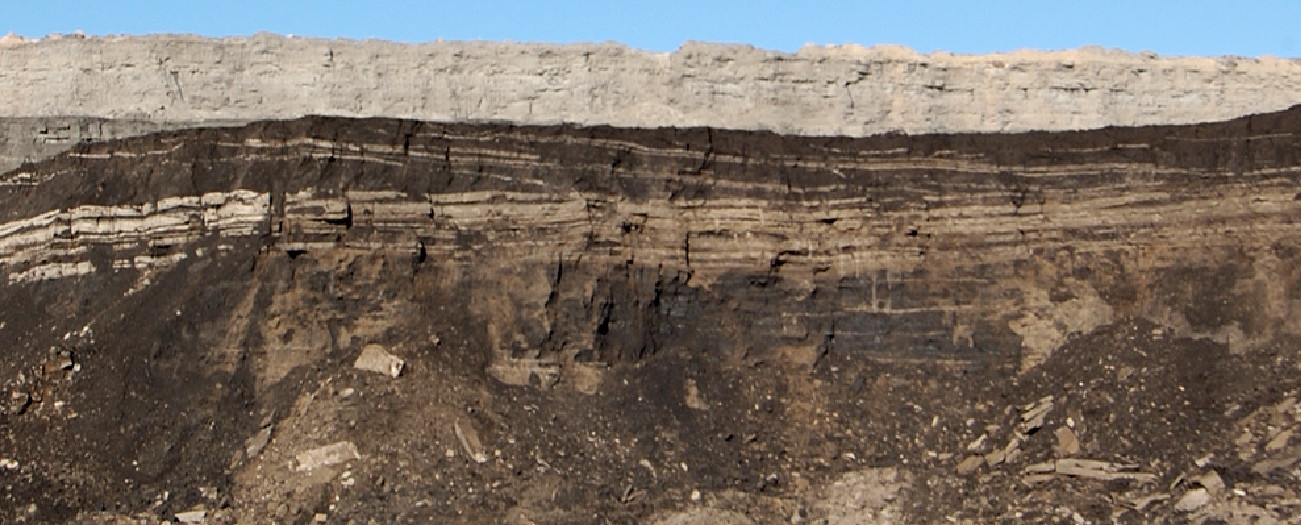Dipping into the three-layer dip of an oil sands mine
Calgary - May 19, 2020As the weather gets nicer, the sun shines a little hotter, and the country’s public health restrictions slowly begin to relax, one can’t help but have thoughts of barbecues and picnics—burgers, salads, chips, and dips. Three-layer dips, to be exact. The classic three-layer dip calls for cheese, sour cream and salsa, but there’s another recipe that you won’t find the ingredients for at your local grocery store: the bitumen dip of clay, shale, and oil sand.
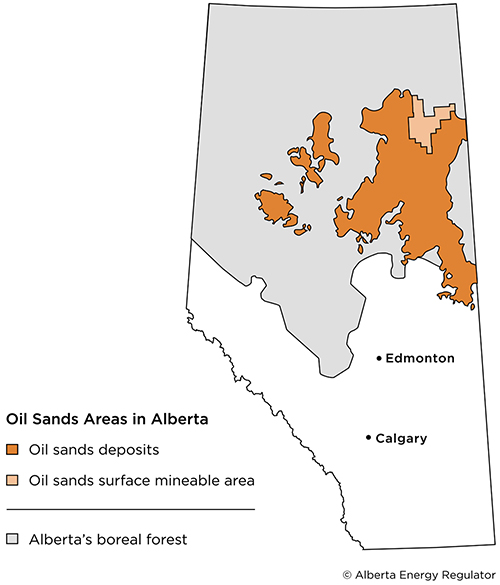
Most bitumen is found at depths of over 200 metres under the ground, but in a few parts of the world, like Alberta’s Peace River and Athabasca areas, you can find oil sand. While still deeper than what your standard shovel can reach, these oil sands are relatively shallow and can be mined from the surface.
At an oil sands mine, mega-operations are undertaken to unearth this resource by dipping into a three-layer dip of the ground: clay, shale, and oil sand.
Layer 1: Topsoil
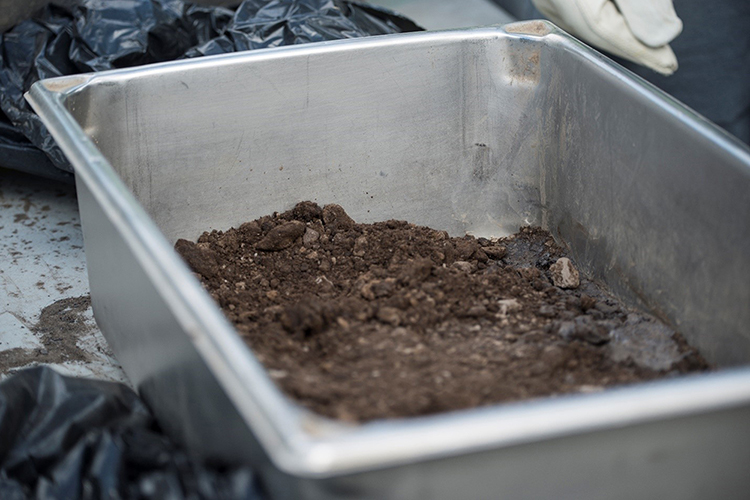
When an oil sands mine area is being cleared, the top layer of earth that must be moved is muskeg. Swampy soils, which extend a few metres deep, are transported to a dump, as their wet nature is such that they cannot easily be used for construction.
When mining operations conclude, the Alberta Energy Regulator requires companies to restore the site to a state functionally equivalent to the way that it was before mining began. This includes replacing soil that was moved during the process and replanting flora.
Layer 2: Shale
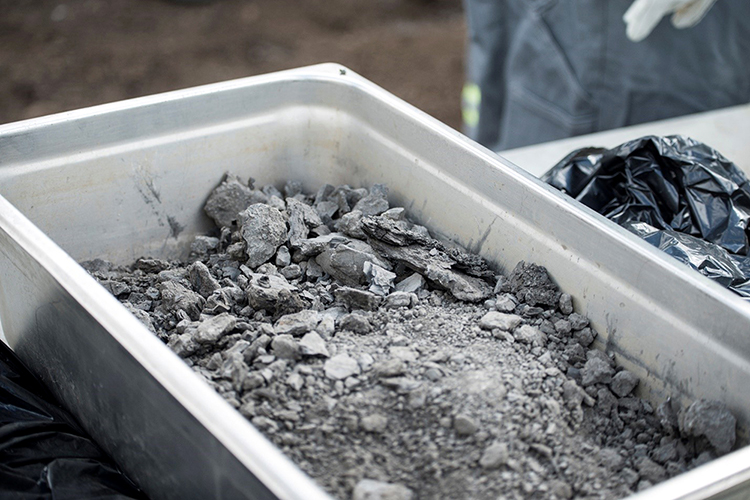
Between the surface and oil sand are layers of sand, silt, and clay. Sedimentary layers like this don’t contribute much by way of bitumen, but what they offer instead is construction material; when a mine is being built and this layer is removed, this dirt is used to create tailings dams and roads.
Layer 3: Oil Sand
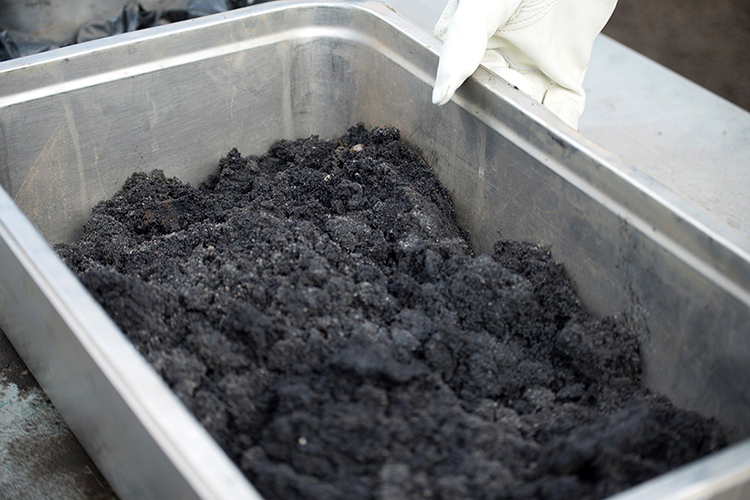
Mineable oil sands rest less than 75 metres from the surface. Though it is always comprised of sand, water, clay, and bitumen, its composition varies greatly, even within the same geological formation. A typical oil sands deposit contains about 10 per cent bitumen, 5 per cent water, and 85 per cent solids. However, for oil sands to be made marketable, it must be processed; operators aim for content close to 99.8 per cent bitumen and at most 0.5 per cent water and solids.
Want to know more about oil sands? Dip into our Conversations that Matter series “What Really Happens at an Oil Sands Mine?”
Jennifer Wagner, Graphic Designer
Natalie Brodych, Writer


